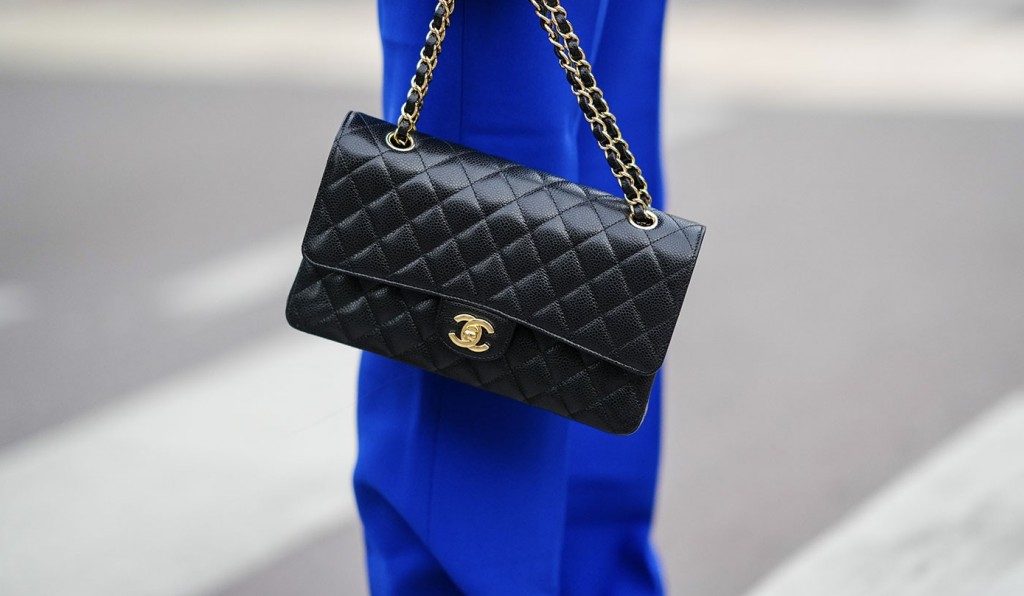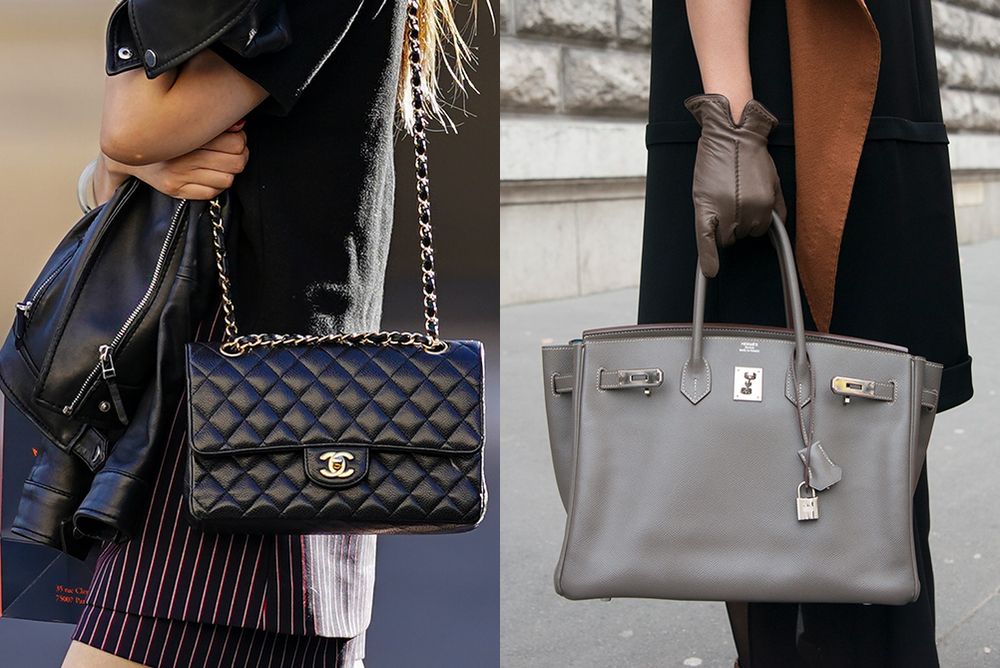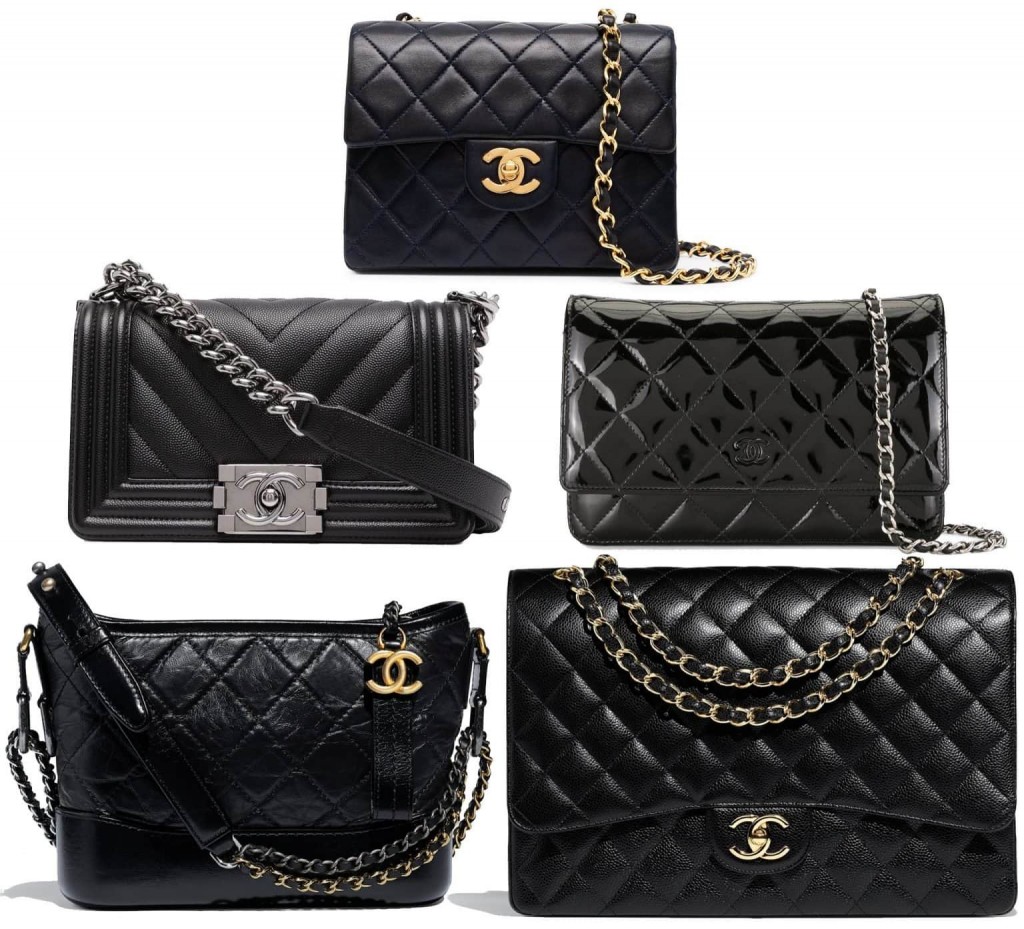This is the year of Chanel, one that has seen it announce significant price increases in relation to its handbags and enforce a restriction policy while still retaining value. Again, for the fourth time this year, it has announced another price hike, in what experts have called a smart move to place it at par with higher-end bags like Hermès’ Birkins.
Since November 2019, the price of Chanel’s small classic flap bag in the US has gone up by 60 per cent to $8,200, according to data compiled by Jefferies Group analyst Kathryn Parker. The large version of the handbag known as the 2.55 now costs $9,500 in the US following Chanel’s latest price hike, the brand’s fourth in two years. It cost $7,400 in June, according to Parker.

According to Bloomberg, a Chanel spokeswoman said the price increases are in response to unspecified exchange-rate fluctuations, changes in production costs and to ensure its handbags cost roughly the same around the world. But luxury-sector executives and analysts say the magnitude of the hikes signals an aggressive corporate strategy: asserting control over one of the brand’s most popular products while taking aim at higher-end rivals.
Charles Gorra, chief executive officer of Rebag, which sells pre-owned luxury purses, agrees. He says the push could be aimed at making Chanel’s products more exclusive, to gain ground on the most iconic handbags of all: the Birkin and Kelly bags by rival luxury house Hermès.
To put things in perspective, A medium-sized Chanel flap bag in France now costs €7,800 ($8,800), €100 less than a Birkin 30 in Togo calfskin by Hermès.
Chanel is striving “to be part of the Hermès world and less of the Vuitton and Gucci world,” Gorra said. “They are trying to go upscale.”

Chanel’s recent restrictions lend credence to his claim. When the news of the luxury brand’s restrictive policy leaked out, it appeared that it was only going to be operational in South Korea. Now, it is clear that the rule extends to other countries, though the limits don’t appear to be consistent.
In Paris, a Chanel sales assistant told a Bloomberg News reporter that a customer is only allowed to buy one bag at a time, and must wait two months before buying another one, which can’t have the same features. In New York, there were monthly limits on the purchases of certain classic styles, while reporters in Hong Kong and Shanghai were told there were no restrictions.
Chanel could be hoping that this scarcity will make it “an even more desirable brand,” said Ines Ennaji, a business development manager at Paris-based Luxurynsight, which provides industry data. “By increasing desirability, they’ll have a reason to justify their price increases.”
Erwan Rambourg, HSBC’s global head of consumer and retail research, thinks Chanel’s price increases are about branding rather than competition.
“It’s in reference to what they believe is their brand equity — and also how nervous they are about this ubiquity,” Rambourg said. He added that the company doesn’t “want everyone to carry the same handbag, because that devalues the handbag itself.”

Other analysts also believe that Chanel may be trying to make up for lost revenue with these price increases. Across the fashion world, it is one of the few digital holdouts, with a long-standing policy against selling any handbags or clothes online, though it does sell cosmetics and sunglasses on its website.
When online demand for luxury handbags surged during the pandemic, Chanel missed out on the robust revenue growth that buoyed peers such as Hermès and LVMH’s fashion and leather-goods unit, which includes Louis Vuitton and Dior. It reported an 18 per cent decline in revenue and a 41 per cent slump in operating profit in 2020, compared with a 6 per cent revenue drop and a 15 per cent operating profit decline for Hermès.
Parker, the Jefferies analyst, said that Chanel is trying to find ways to compensate for that revenue drop. “Part of where they could close the gap to other brands that had e-commerce is on pricing.”
Whatever the reason, past industry trends stand as a cautionary tale for Chanel, notes Rambourg. Several years ago, IWC Schaffhausen, which is owned by Swiss luxury conglomerate Cie. Financiere Richemont SA, significantly boosted the cost of its timepieces. Consumers pulled back, forcing IWC to cut prices and launch a more accessible steel version of one of its pieces.
This may well happen to Chanel if it does not tread with caution. For now, though, its policies and price increments appear to be working well for it both on the primary and secondary market, even though Bertrand Peyrat, chief supply officer at Vestiaire Collective says that for “the secondary market evaluation, Chanel is not there yet.”
Source: Business of Fashion
